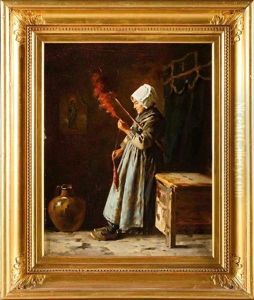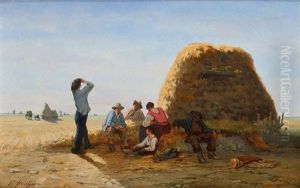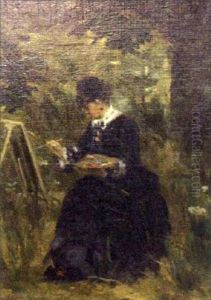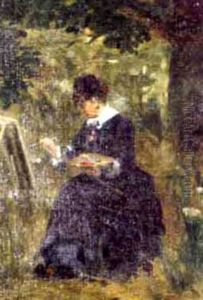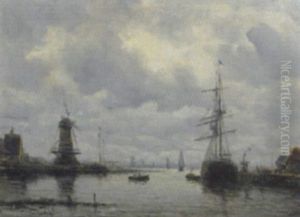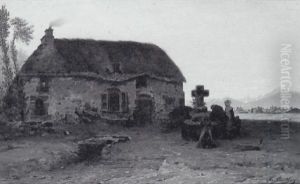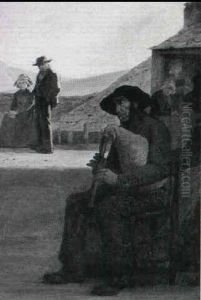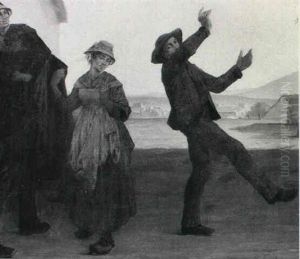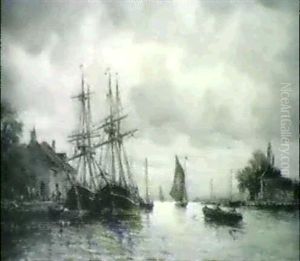Nicolas Berthon Paintings
Nicolas Berthon was a French painter, born in 1561 in Limoges, France, a city renowned for its enamel work during the Renaissance period. Although primarily recognized for his contributions to enamel painting, Berthon's oeuvre also includes a variety of works in other mediums. His artistic legacy is often associated with the late Mannerist style, characterized by its artificial elegance, elongated forms, and vibrant colors, which was a prevalent aesthetic in late 16th and early 17th century European art.
Berthon's career was largely spent in his hometown of Limoges, where he was deeply involved in the local artistic community. He was part of a generation of enamel painters who contributed to the city's fame as a center for high-quality enamel production. His works often depicted religious subjects, a common theme for the time, rendered with a meticulous attention to detail and a rich color palette that made his pieces stand out among his contemporaries.
Despite the lack of extensive documentation on his life, it is known that Berthon's artistry was held in high esteem by his patrons and fellow artists alike. His approach to enamel painting, which involved multiple firings and a complex layering technique to achieve depth and luminosity, was innovative for his time and contributed to the evolution of the medium.
Nicolas Berthon's death in 1620 marked the end of an era for the Limoges enamel tradition, although his influence persisted. His legacy is preserved in various museums and collections in France, showcasing the enduring appeal of his work and its significance in the history of French art. Berthon's contribution to the Renaissance art movement, particularly in the realm of enamel painting, remains a testament to his skill and artistic vision.
![La Promeneuse [the Walk ; Oil On Canvas Signed Lower Left ; Old Label With Date 1875 On The Reverse]](https://www.niceartgallery.com/imgs/408299/s/nicolas-berthon-la-promeneuse-the-walk-oil-on-canvas-signed-lower-left-old-label-with-date-1875-on-the-reverse-aafb264c.jpg)
